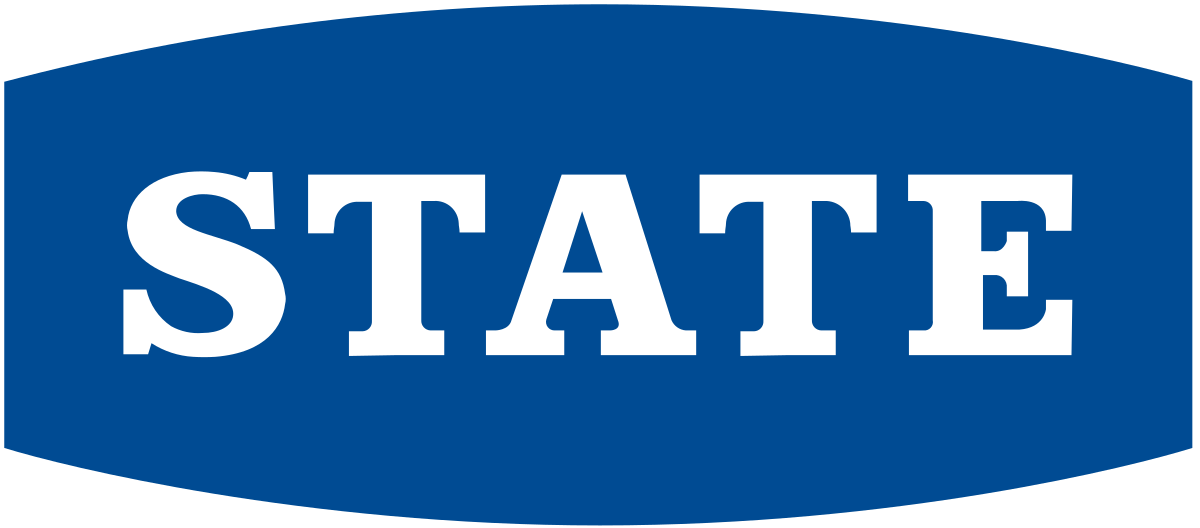We all make mistakes in life, but not all of them have the potential to hurt our hip pocket. We have identified five common money mistakes that could prove to be expensive. Canstar has crunched the numbers to highlight just how much havoc they could wreak on your bank balance. Keep in mind these numbers are based on hypothetical scenarios but it’s certainly food for thought.
1. Thinking loyalty pays
Being loyal to your friends and family might be a good thing but being loyal to your lender could end up being an expensive mistake.
If your loan is up for refinancing, shop around for a better deal.
Many people who fixed their mortgages two years ago are now facing much higher rates. In January 2022, the average one-year fixed rate for owner-occupiers on Canstar’s mortgage database was 3.74%. At time of writing (23/02/24), the same rate is now 7.45%.
However, there’s still a big discrepancy between the lowest and highest rates in the market. We’ve crunched the numbers on some of the rates currently on our database. And, as you can see from the below grid, depending on the mortgage rate and its fixed term, there’s a quite a difference between the lowest ($4162) and highest ($4689) monthly repayments: $527.
NZ Median House Price Mortgage Repayments
Loan amount: $608,000, based on 80% of the median NZ house price of $760,000:
| Mortgage rates | Min | Average | Max |
| 1 Year Fixed | 6.99% | 7.45% | 7.99% |
| 2 Year Fixed | 6.75% | 6.89% | 7.49% |
| 3 Year Fixed | 6.65% | 6.82% | 7.29% |
| Monthly repayments | Min | Average | Max |
| 1 Year Fixed | $4293 | $4473 | $4689 |
| 2 Year Fixed | $4201 | $4255 | $4489 |
| 3 Year Fixed | $4162 | $4228 | $4410 |
Source: www.canstar.co.nz – 16/02/2024. Median house price based on the REINZ Monthly Property Report (January 2024). Interest rates based on owner occupier fixed home loans on Canstar’s database, based on an 80% LVR and principal & interest repayments. Monthly repayment and interest calculations based on principal & interest repayments made over a total loan term of 25 years.
It pays to review your home loan on a regular basis and to compare it to other loans on the market. If you find you’re still getting a good deal, that’s great, but if not it might be worth refinancing to a lender offering a better rate.
You can always talk to your lender before making the switch, to ask if they’ll come to the party with a lower rate, so you can avoid the hassle and potential costs of arranging a new loan.
2. Not shopping around for insurance at renewal time
What do you do when your insurance renewal notice lands in your inbox? Do you make a note to shop around for a better deal or automatically renew it? A large number of Kiwis opt for the latter, which could be costing them dearly.
Canstar’s latest insurance research shows that just 40% of Kiwis review their home and contents insurance annually, and an even smaller number actively seek out cheaper car insurance, just 20%.
Across all insurance providers, both for car and home and contents, in Canstar’s award research, there’s a big difference in the price score awarded by our expert research team. This means there are considerable savings out there for consumers willing to do their research and switch insurance providers.
Compare Outstanding Value Car Insurance with Canstar
Looking for great value car insurance for you and your family? Each year, we release our car insurance awards, including winners for Insurer of the Year, Outstanding Value, and Most Satisfied Customers. As part of our award results, we also publish our Outstanding Value Star Ratings, covering car insurance for different age groups. Below are our top-rated providers in the drivers aged 30-49 category. Click here to view our complete car insurance Star Ratings for all age groups.
Comprehensive Cover: Drivers 30-49:
| Provider | Star Rating |

Car Insurer of the Year |
 |
 |
|
 |
 |
See here for our ratings methodology. The table above is an abridged version of our research. For the full results of our latest Car Insurance Ratings and Award, click here.
3. Relying on credit when there’s an emergency
Having an emergency fund that you can dip into if unexpected expenses arise is essential. While many experts recommend that you have enough money in your rainy day fund to cover up to six months of expenses, achieving such savings can be easier said than done.
But that doesn’t mean you shouldn’t bother with an emergency fund, and to rely, instead, on your credit card to save the day should an expense occur. Even having a couple of thousand set aside can save you from, potentially, amassing interest on your credit card.
Let’s say you need $2000 to cover an unexpected expense but you don’t have the money, so you pop it on your credit card charging 14.5% interest (the average purchase rate of personal credit cards on Canstar’s database).
You then pay $100 a month towards that debt. Canstar’s calculations show that it will take you two years to pay off the debt and cost $303 in interest. This assumes you don’t add anything else onto your credit card, and doesn’t take into account any annual fee you may be charged.
→Related article: Credit Card Debt: What is it and How Does it Work?
4. Too much mindless spending
Most of us are guilty of mindless spending on small purchases. A little sweet treat when you’re at the shops, or the latest home décor item you don’t really need from Kmart. But even these seemingly insignificant impulse buys can be holding you back financially.
Spending just $5 per day on mindless purchases equates to $35 per week, or approx. $1820 over the course of a year. How much better would it be to end the year with that money in your bank account instead?
If you stash $35 per week in a savings account paying 4.5% (the average bonus savings account rate on Canstar’s database) you will also earn $40.76 in interest. Keep adding that $35 per week into the same savings account and after 10 years, at the same rate of interest, you’d have about $22,972 saved, including approx $4772 in interest!
Of course, this doesn’t mean that you can never buy anything – it’s just better for your hip pocket if you don’t do it too often.
→Related article: How to Write a Budget
5. Waiting too long to invest
When you’re young you might think you have plenty of time to start investing, but the sooner you start, the more time compound interest has to do its thing. You might be surprised just how much better off you’d be if you don’t wait too long to invest.
Here’s a hypothetical example:
Margot starts investing in a growth KiwiSaver fund at age 25 and adds $200 a month to her investment. She does this for 40 years and earns a return of, say, 7.5% per year after fees. When she turns 65, her nest egg will be worth $608,544 – $96,000 of which will be her contributions, and the remaining $512,544 earnings from her investments.
Greg, on the other hand, doesn’t start investing until he is 45. Like Margot, he makes $200 monthly contributions to his investment and earns the same 7.5% p.a. When he’s 65 his investment would be worth $111,438.31 – $48,000 of contributions plus $63,438 earnings.
Waiting until 45 to start investing means Greg has roughly half a million dollars less to fund his retirement than Margot, who started investing at 25.
Compare KiwiSaver funds for free with Canstar!
 About the reviewer of this page
About the reviewer of this page
This report was reviewed by Canstar Content Producer, Caitlin Bingham. Caitlin is an experienced writer whose passion for creativity led her to study communication and journalism. She began her career freelancing as a content writer, before joining the Canstar team.




Share this article